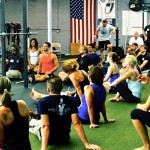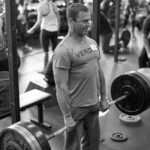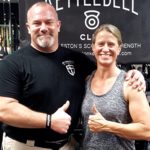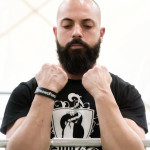On the flight home from teaching a StrongFirst Lifter certification (SFL), I was thinking about the programming section and some of our discussions. One of the questions that always gets asked is: “What about assistance exercises?”
My answer is simple—until you have spent at least a year working on the movements that we taught at the SFL, you don’t need assistance exercises. Why?
Don’t Mess with Great Basics
The reason lies within the title of this article. My mother makes the most awesome chocolate chip cookies. Her recipe has been in our family for generations. Every batch comes out the same—gooey, soft, very tasty, and oh so good! If left on the kitchen counter unsupervised, they magically disappear. My cousins don’t even let the dough make the oven—they eat it right out of the bowl. Chocolate chip cookies are delicious but very basic. Any attempt to change the 70-year old recipe leads to mini-revolts in many households. The lesson: don’t mess with the basics of cooking a great cookie.
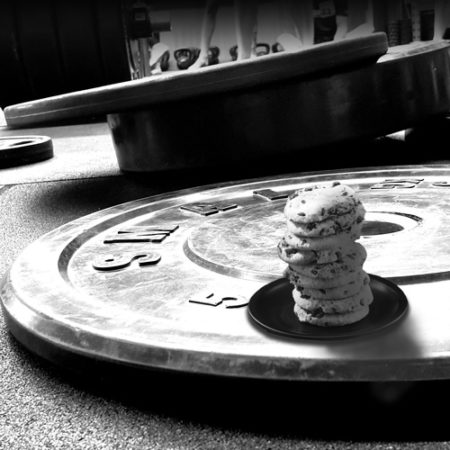
The same thing applies to the barbell squat, be it the Zercher, front or back squat. People in gyms around the world see someone else do it and go to a rack and attempt to copy them. Squatting or hinging down to the ground to pick something up, such as the deadlift, requires minimal introduction and is something that we have been doing since we learned to walk. However, when under a load of the barbell or kettlebell, the story is different. Hence the reason I said spending at least one year practicing the basics of squatting or deadlifting.
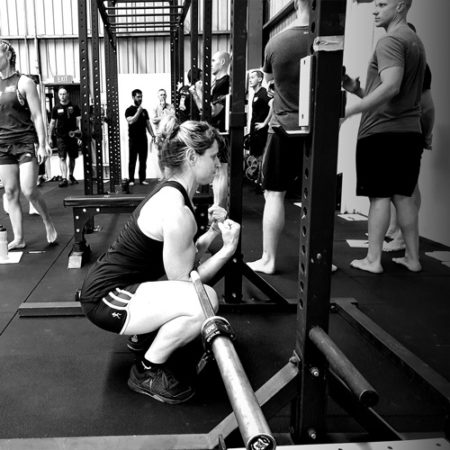
Most people don’t like that response. They argue that doing the same thing every week gets old and monotonous. I answer back that each time they contact the barbell/kettlebell, they get that one baby step toward getting better. Getting better allows one to not only improve their performance in the gym but also in their respective sport. It also helps decrease the potential of an injury occurring.
Guinness, the draught version, was first brewed in 1759. It is still made the same way and produced by the same Guinness factory and shipped around the world. The recipe is the same and will continue to be the same for years to come and enjoyed by beer drinkers. They haven’t messed with the basic formula and don’t plan to.
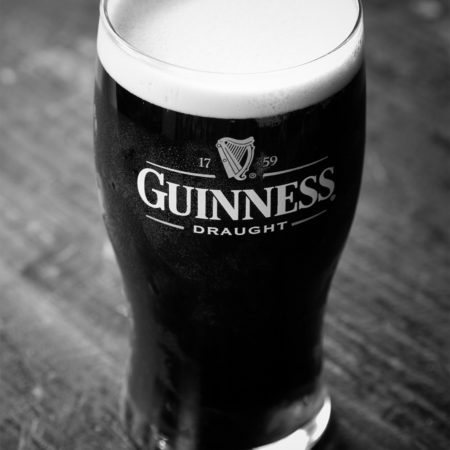
The same thing with the deadlift—around for many years and practiced by tens of thousands of fans daily. It is simple, basic, and (to some) boring. But these exact qualities are necessary to teach the student to hip hinge, to activate their lats, abs, and grip properly, and to get just plain strong with minimal equipment. Basic and simple, like Guinness beer, but highly effective in creating strength in the person who avails themselves of it.
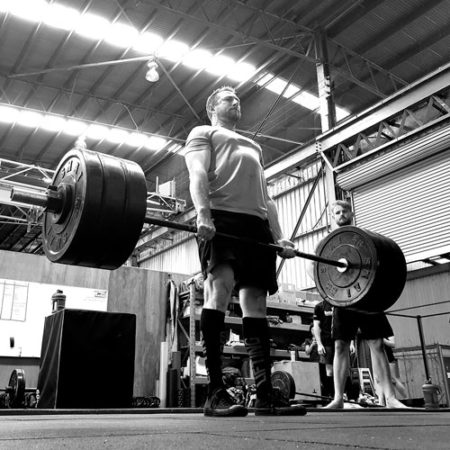
When to Consider Variety
Assistance exercises, or as we call them specialized variety exercises, do have benefits. They certainly help the student change the load parameters or relative physical stress on the body. They also help to address weak areas of a particular motor pattern.
However, one doesn’t generally realize they have any weaknesses in a specific motor pattern until after they have performed an exercise, like the squat and deadlift, for a good year. At that point, if they are my student and if they so desire, they can add a specialized variety movement that is just a hair different than what they have been doing.
For example, adding in pause squats with regular squats. This utilizes the same motor pattern as regular squats, but with a pause somewhere along the pattern route. Most people use the bottom of the squat to do this, but it can be done anywhere in the squat groove.
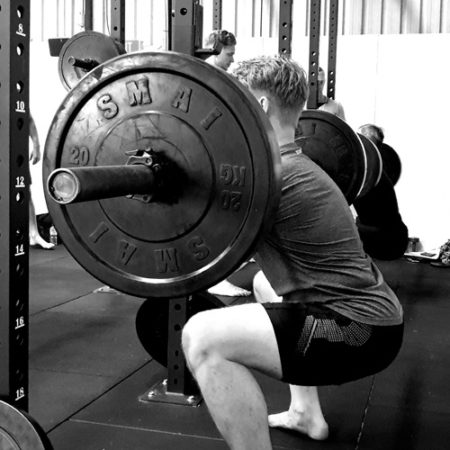
However, if their squat pattern isn’t cemented by spending a few hundred hours just squatting, adding in pause squats will throw their form off and affect their overall squat technique (same with the bench press or deadlift). If they are either butt-winking or additionally hinging from their lumbar spine during the movement, adding in pause squats while performing the aforementioned abnormal motor patterns can have disastrous results.
Similar results occur during bench press board presses, say with 2 boards. Same pattern and set-up on the bench, but stopping the bar on the board(s) laying on top of your chest instead of your chest directly. Using this variation ensures a greater carryover to the main movement of the bench press. Again, if their movement pattern isn’t correct with the basic bench press, then it won’t improve during the board press, especially with the increase in weight used.
Get Great at the Basics
Someone once said that the main difference between the average athlete and the elite athlete is that the elite athlete can perform the basics that much better. Both athletes can do the basics, but the elites make them look so easy and effortless.
When my mother announces she is baking her delectable cookies, all hands are on deck to consume them. The same goes on my back squat days. It’s another day to train one of my favorite movements. The basics—they are fundamental, necessary, and very important for all levels of students and athletes. Learn them, practice them, and practice them some more.
